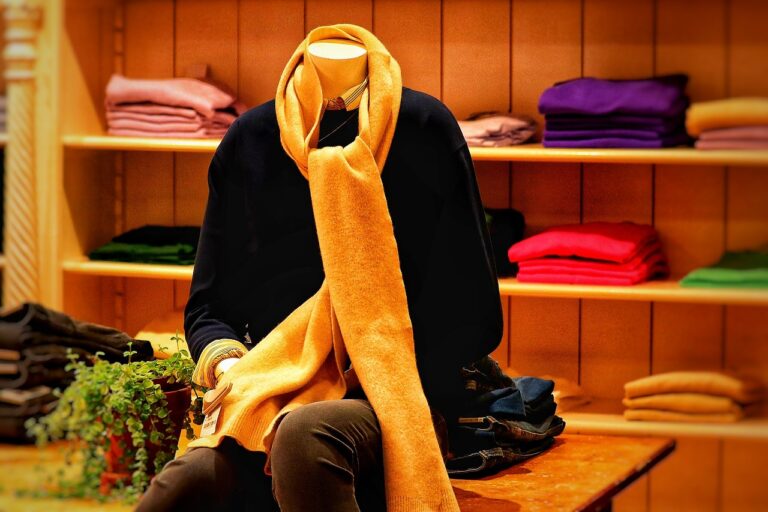Fashion and Sustainable Fashion Innovations: Technologies and Practices for Eco-Friendly Fashion
When it comes to the fashion industry, the choice of materials plays a crucial role in determining the overall sustainability of a brand. Sustainable materials, such as organic cotton, linen, and Tencel, are increasingly being embraced by fashion designers due to their minimal environmental impact. These materials are typically produced using methods that reduce water consumption, chemical usage, and carbon emissions, making them a more eco-friendly option compared to traditional fabrics.
Furthermore, the use of sustainable materials in fashion not only addresses environmental concerns but also contributes to the well-being of people and communities involved in the supply chain. By opting for materials that are ethically sourced and produced, fashion brands can support fair labor practices and promote social responsibility within the industry. This shift towards sustainable materials reflects a growing awareness and commitment to creating fashion that is not only stylish but also mindful of its impact on the planet and society.
Impact of Fast Fashion on the Environment
Fast fashion’s rapid pace and relentless push for new styles at low costs have significant environmental repercussions. The constant demand for new trends leads to overproduction of clothing, resulting in massive amounts of waste being generated. Many fast fashion items are made using cheap, non-biodegradable materials that end up filling landfills and polluting the environment.
Moreover, the production process of fast fashion often involves the use of harmful chemicals and dyes that are released into waterways, contributing to water pollution and damaging ecosystems. The energy-intensive manufacturing processes further exacerbate the industry’s carbon footprint, leading to increased greenhouse gas emissions. Fast fashion’s focus on disposable, low-quality clothing perpetuates a culture of excessive consumption that is straining the planet’s resources.
Fast fashion’s rapid pace and relentless push for new styles at low costs have significant environmental repercussions.
The constant demand for new trends leads to overproduction of clothing, resulting in massive amounts of waste being generated.
Many fast fashion items are made using cheap, non-biodegradable materials that end up filling landfills and polluting the environment.
The production process of fast fashion often involves the use of harmful chemicals and dyes that are released into waterways, contributing to water pollution and damaging ecosystems.
The energy-intensive manufacturing processes further exacerbate the industry’s carbon footprint, leading to increased greenhouse gas emissions.
Fast fashion’s focus on disposable, low-quality clothing perpetuates a culture of excessive consumption that is straining the planet’s resources.
Circular Economy in Fashion Design
Fashion designers are increasingly embracing the concept of circular economy to reduce waste and minimize the industry’s negative impact on the environment. By adopting practices such as upcycling, recycling, and repair, designers can create garments that have a longer lifespan and are less harmful to the planet. This shift towards a more sustainable approach also encourages consumers to be more mindful of their purchasing habits, opting for quality over quantity and supporting brands that prioritize environmental conservation.
In addition to creating eco-friendly products, the circular economy in fashion design involves rethinking traditional manufacturing processes. Designers are exploring innovative ways to use recycled materials, minimize water and energy consumption, and reduce the carbon footprint of their production methods. By incorporating these principles into their designs, fashion brands can not only contribute to a more sustainable industry but also inspire other sectors to adopt circular practices for a greener future.
What are sustainable materials in the fashion industry?
Sustainable materials in the fashion industry are those that are produced in a way that minimizes environmental impact, such as organic cotton, hemp, and recycled polyester.
How does fast fashion impact the environment?
Fast fashion contributes to environmental pollution through excessive water usage, chemical pollution, and textile waste. The production processes also often involve harmful practices for workers and the planet.
What is the circular economy in fashion design?
The circular economy in fashion design is a system that aims to minimize waste and keep products and materials in circulation for as long as possible. This involves designing with longevity in mind, using recycled materials, and promoting reuse and recycling of clothing.







